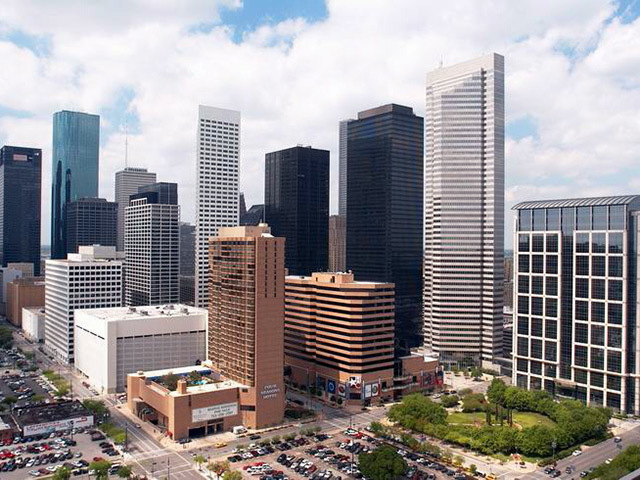
Life might be tough in the oil & gas industry right now, but the chief upstream strategist at oilfield analysts IHS told OTC delegates at an OTC gathering that a staggering amount of new oil production was needed to meet forecast demand.
Bob Fryklund said that 50million barrels per day of additional production would be needed to meet projected demand by 2040 … that’s about 55% more than today.
He said that it was possible to see about 20million barrels per day of that figure; after that it became more difficult to identify how the gap would be filled.
Mr Fryklund said that, despite the advent of large scale exploitation of unconventionals reserves onshore, particularly in the US, deepwater resources would remain important to bridging the additional demand, despite the high cost of exportation, development and production.
He suggested that around one third of the 30million barrels per day chasm could be satisfied from deepwater and that, even at oil prices in the $60-70 barrels per day range, subsea production should still be viable.
However, Mr Fryklund said that the offshore industry needed to push its geological frontiers rather more than has been the case so far.
Citing the US Gulf of Mexico, he suggested at new plays such as in the Jurassic justified a major exploration effort and that a breakeven of less than $60 per barrels was possible.
The deepwater picture varies globally, however, Frykland pointed out that there had been considerable success over the past 10-15 years, with a number of new plays opened up or identified.
He indicated that, over the last five years alone, 10 new deepwater basins had been opened up leasing to world class discoveries offshore Brazil, East Africa, the Barents Sea, Eastern Canada (Labrador) and Angola.
“Look at how many new plays we have opened over the past five years … more than a dozen,” said Mr Fryklund. “They’re all over the place.
“More than 90%of major discoveries made recently are in deep water, and about 75% over the last 10 years. That’s a pretty impressive exploration record when you look at all of those new plays.
“Super-basins with reserves of 50 billion or so are the ones that we’ve been living on, but now we’re drilling more mini-basins… pre-salt Angola is one.
“These basins that we’re looking at are smaller (3-6billion barrels). That’s one of the problems looking ahead. We’re finding a lot of them but they’re smaller.
“However, when you look at their comparative economics, deepwater still provides the rates of return investors want,” said Mr Fryklund.
That said, it was acknowledged that everywhere had been hit by the current price downturn, but that impacts varied around the world.
He said capex was down around 30% in the US Gulf; but with big variations between companies like Exxon … cutting around 12% … and the independents chopping back by some 20%.
“We’re seeing segmentation … a big change … in an industry that’s driven very much my asset class,” said Mr Fryklund.
He said that despite the huge sums being spent on drilling (typically $100-150million), adding volumes to baseline reserves was problematic.
As for those developing the deepwater, he said this was largely driven by the majors, but that some of the larger independents in fact had bigger positions than the majors.
Mr Fryklund added: “There’s lots of optimism, but the sector also needs a lot of new thinking.”
Recommended for you
